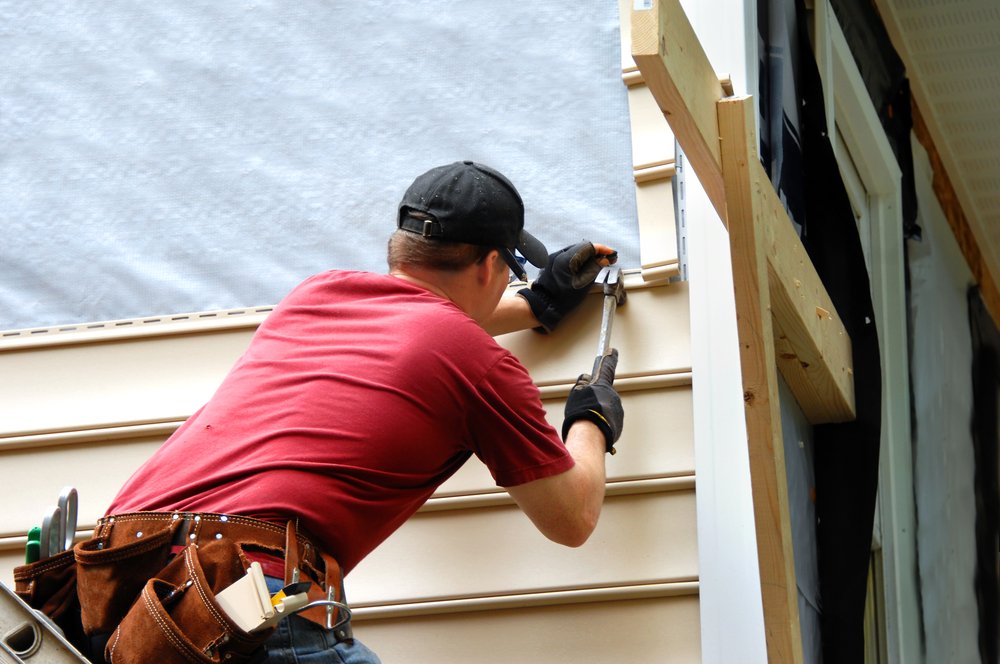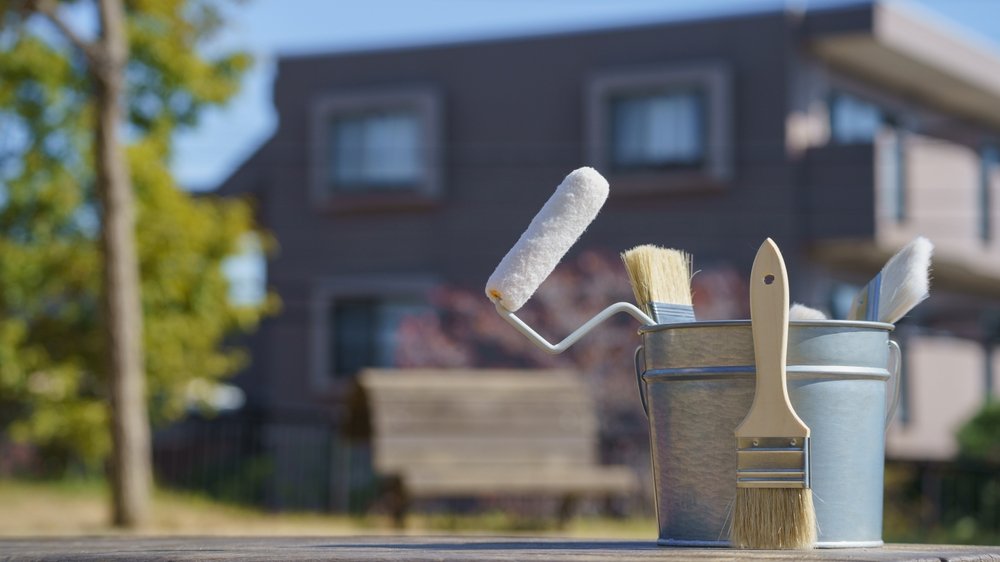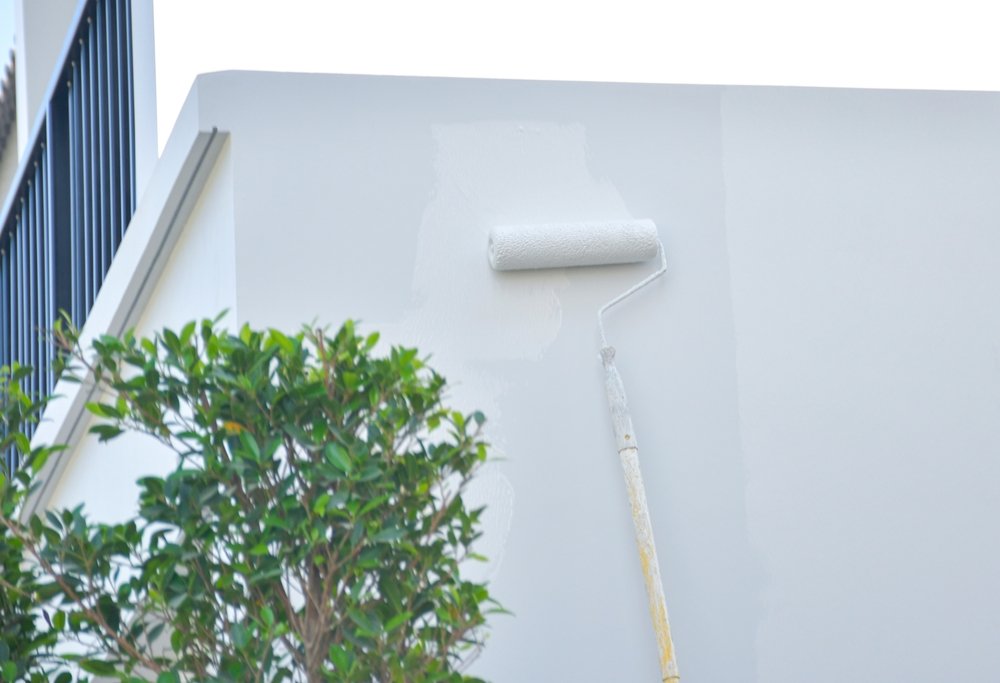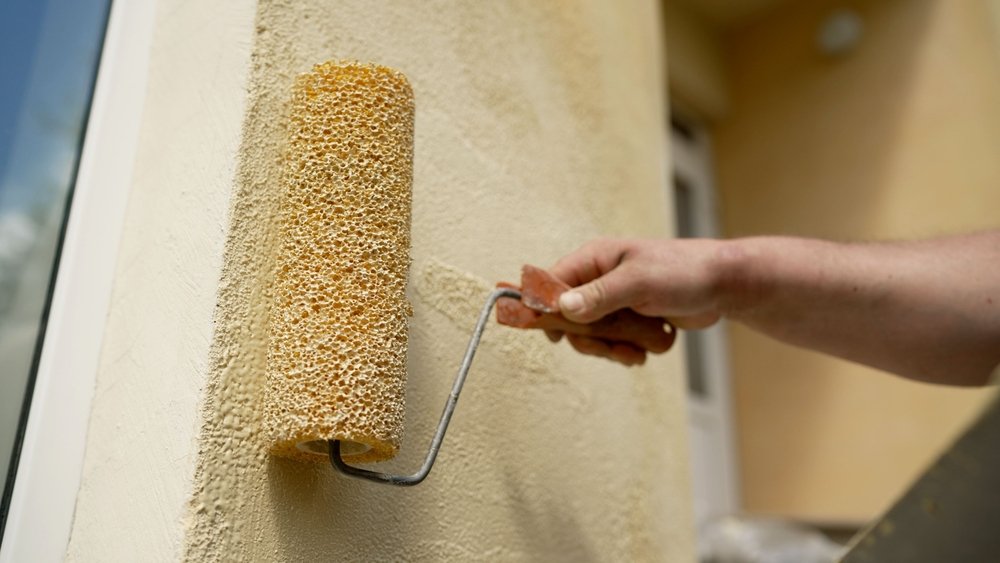Your home is your sanctuary, a place of comfort and security. But the Florida climate, with its intense sun, high humidity, and heavy rains, can be tough on a house. The walls and siding are your home’s first line of defense against the elements. Keeping them in good shape is essential not just for appearance but for the structural health of your property.
In Tampa, maintaining your home’s drywall and siding is crucial. These components protect your home from moisture, pests, and energy loss. When they become damaged, it can lead to more significant and expensive problems down the road. This guide will walk you through the key signs that your drywall or siding needs attention, helping you protect your investment and keep your home safe and beautiful.
Read also: How Pressure Washing Can Protect Your Tampa Property
Visible Cracks, Holes, or Warping
One of the most obvious signs of trouble is visible damage to your walls and siding. Whether inside or out, these imperfections are often more than just cosmetic flaws. They can indicate underlying issues that require immediate attention. It’s important to inspect your home regularly and know what you’re looking for.
On the outside, you might see cracks in your stucco, vinyl siding that is warped or bulging, or even holes from impacts or pests. Inside, drywall cracks can appear around windows and doors or stretch across ceilings. While small, hairline cracks can be a normal part of a house settling, larger, more prominent ones are a red flag. Ignoring them allows moisture and pests an easy entry point and can signal deeper structural problems.
How to Spot Structural Issues
Distinguishing between minor cosmetic issues and signs of structural problems is key. Start by examining the cracks themselves. Are they thin like a spiderweb, or are they wider than a quarter of an inch? Large, jagged, or diagonal cracks are particularly concerning. If you notice that doors and windows in the same area are sticking or difficult to open, it could mean the frame of your house is shifting.
Another method is to check for uneven floors. Use a level in different areas of your home; a significant slope could be tied to foundation issues that manifest as wall cracks. For your siding, look for panels that are pulling away from the house or have a wavy appearance. This warping can happen when moisture gets trapped behind the siding, causing the material to expand and contract unevenly. Pay close attention to these signs, as they suggest the problem is more than skin deep.
Risks of Ignoring Damage
Putting off repairs for cracks, holes, or warping can turn a small problem into a major disaster. A small crack in your siding might not seem like a big deal, but it provides a perfect pathway for water to seep into your home’s structure. This moisture can lead to wood rot, compromising the integrity of your walls and creating a welcoming environment for termites and other pests.
Inside, ignored drywall damage can also worsen. A crack can grow, eventually leading to a section of drywall falling or a significant hole appearing. This not only looks bad but also reduces your home’s energy efficiency by allowing conditioned air to escape. Furthermore, if the damage is due to a structural shift, delaying repairs can lead to much more extensive and costly foundation work in the future. Acting quickly saves you money and preserves the safety of your home.
Water Damage and Mold
In a humid climate like Tampa’s, moisture is a constant threat. Water damage is one of the most destructive forces a home can face, and it often goes hand-in-hand with mold growth. Signs of water damage can be subtle at first, so it’s important to be vigilant.
Look for discoloration or staining on your interior walls and ceilings. These stains often appear as yellowish or brownish patches. You might also notice paint that is bubbling, peeling, or blistering. On the exterior, you could see dark streaks or green and black spots on your siding, which often indicate algae or mold growth fueled by excess moisture. A musty smell inside your home is another sure sign that you have a moisture problem, even if you can’t see it.
Damp Walls and Leaks
If a wall feels damp or cool to the touch, it’s a clear indicator that water is present where it shouldn’t be. This could be from a leaky pipe inside the wall, a roof leak, or water penetrating your home’s exterior. Don’t dismiss this symptom. Persistent dampness will weaken the drywall, making it soft and spongy. Over time, the material will crumble and lose its structural integrity.
Finding the source of the leak is the critical first step. Check your roof, windows, and plumbing fixtures for any signs of failure. On the outside, inspect the caulking around windows and doors, as degraded sealant is a common entry point for water. Any area where your siding is compromised, such as through cracks or gaps, can also let rain in. Addressing the leak source is non-negotiable before any repair work can begin.
Preventing Further Damage
Once you’ve identified and fixed the source of the water, the next step is to address the damage it has caused. The affected drywall or siding must be removed and replaced. Simply painting over a water stain is not a solution; the underlying moisture will remain, and mold will likely continue to grow unseen. Porous materials like drywall and wood that have been saturated are often impossible to salvage and must be cut out.
To prevent future issues, ensure your home has proper ventilation, especially in bathrooms and kitchens. Use exhaust fans to reduce humidity levels. Outside, keep your gutters clean and functional so that rainwater is directed away from your foundation and siding. Applying a high-quality, water-resistant paint to your exterior can also provide an extra layer of protection against Tampa’s frequent downpours.
Read also: Preparing Your Tampa Home for a Long-Lasting Paint Job
Faded or Peeling Paint
Your home’s paint job is both an aesthetic choice and a protective barrier. When you start to see it fail, it’s a sign that your home’s defenses are weakening. Faded, chalky, or peeling paint exposes the underlying siding or drywall material to the elements, leaving it vulnerable to damage.
Fading is caused by constant exposure to UV rays from the sun, which breaks down the paint’s pigments. While some fading is normal over many years, rapid or uneven fading may suggest a low-quality paint was used. Peeling, chipping, and blistering, however, are more serious. These issues often indicate that moisture is trapped beneath the paint layer, forcing it away from the surface.
Signs of Aging Surfaces
As siding and drywall age, they show wear and tear. Paint that has reached the end of its lifespan will no longer adhere properly. You might notice a chalky powder on your siding when you run your hand over it. This is the paint binder breaking down and is a clear signal that it’s time for a new coat.
For interior drywall, look for paint that is flaking off, especially in high-humidity areas like bathrooms or areas with direct sun exposure. You might also see a network of fine cracks, known as crazing, which indicates the paint has become brittle with age. These are all signs that the surface is no longer adequately protected.
When to Repaint vs. Repair
Deciding whether you need a simple paint job or a more extensive repair depends on the condition of the underlying material. If the paint is just faded or chalky but the surface beneath is still solid and intact, a thorough cleaning and a fresh coat of high-quality paint may be all that’s needed. This will restore your home’s curb appeal and protective layer.
However, if the paint is peeling or blistering, you must investigate the cause. This often points to moisture issues or damage to the siding or drywall itself. If the siding is warped or the drywall is soft, those sections must be repaired or replaced before any painting can occur. Painting over a damaged surface is a temporary fix that will quickly fail and hide more serious problems. A professional can help you assess the situation and determine the right course of action.
Read also: Seasonal Exterior Painting Tips for Tampa Homeowners
Why Hire House Painters Tampa, FL for Repairs
When you notice signs of drywall or siding damage, it can be tempting to try a DIY fix. However, these repairs often require more than just a little spackle and a paintbrush. Getting a professional result that lasts means addressing the root cause of the problem, a task best left to experienced experts. Professional house painters in Tampa bring the knowledge and tools needed to do the job right.
A professional team can accurately diagnose the extent of the damage, whether it’s from water, structural shifts, or simple aging. They understand the specific challenges of the Tampa climate and use the right materials and techniques to ensure a durable repair. From replacing water-damaged drywall sections to fixing warped siding and ensuring a seamless finish, their expertise guarantees your home is not only beautiful but also properly protected. They handle everything from preparation to cleanup, providing a stress-free experience and a high-quality result that stands the test of time.
Protect your home’s value and integrity by addressing drywall and siding issues promptly. If you’ve seen any of these warning signs, don’t wait for the problem to get worse.



